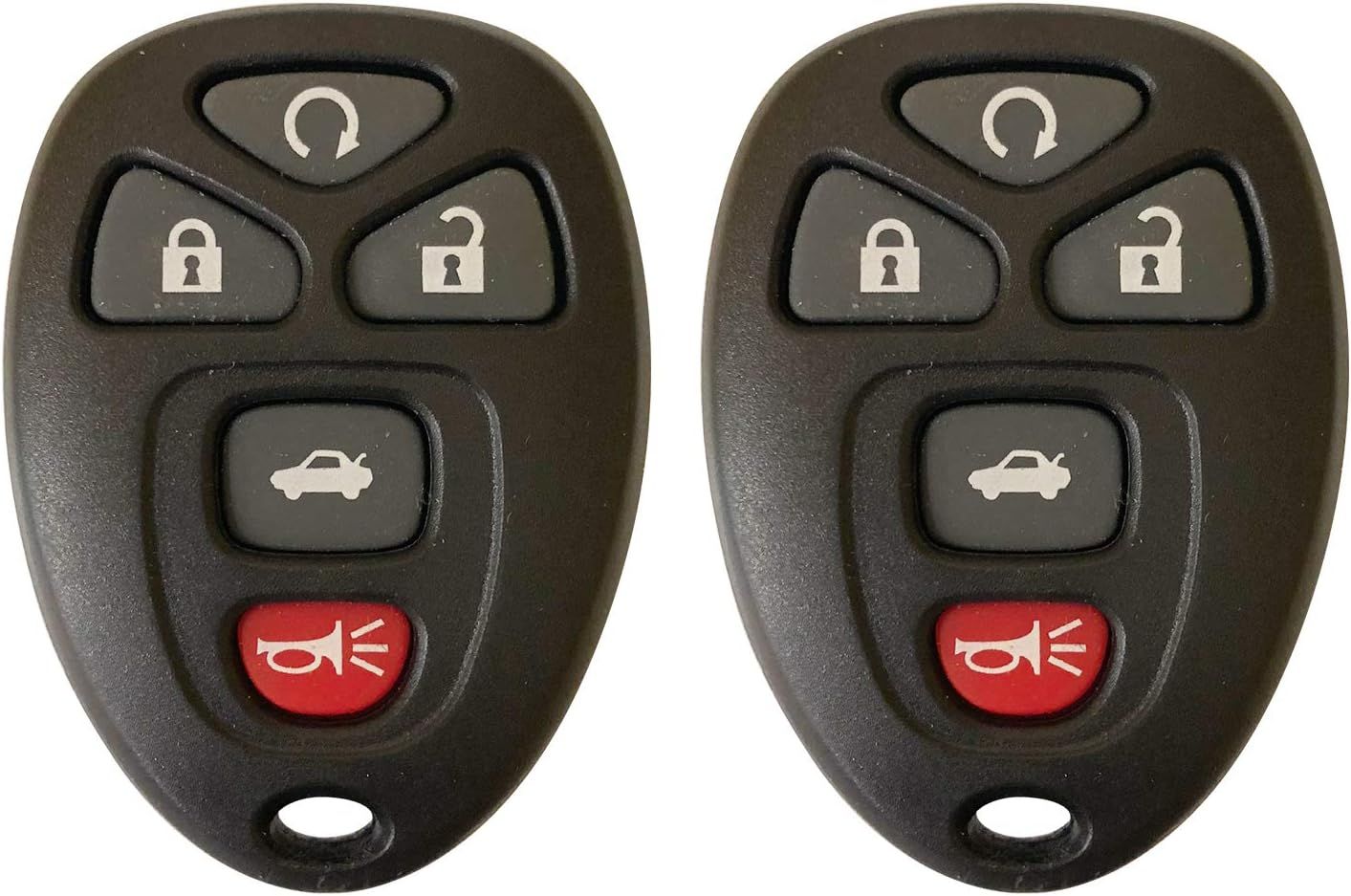
Long gone are the days of having to use an actual key to unlock your car doors. Modern vehicles typically come equipped with a remote key fob, a small electronic marvel that grants us convenient access to our cars from a distance. These handy devices allow us to lock and unlock doors, sound a warning alarm, and even remotely start the engine with a simple press of a button. However, like any piece of modern technology, the key fob relies on a small but crucial power source: its internal battery.
This tiny battery, often overlooked, is the silent conductor orchestrating these essential functions, enabling the sophisticated electronic systems that make our cars so convenient and safe. Yet, like all batteries, it has a finite lifespan, and a dead battery can quickly turn convenience into a nuisance, potentially leaving you without a means of unlocking your doors or starting your vehicle. Knowing when that lifespan is nearing its end and understanding what happens after the dreaded “low battery” warning appears is vital for every car owner.
To ensure you’re always prepared and never caught off guard, this comprehensive guide delves into the intricacies of car key battery life. We will explore the factors that influence its duration, highlight the unmistakable warning signs to watch for, and provide immediate, practical steps to take when the battery finally begins to falter. Our goal is to empower you with the knowledge needed to proactively manage your key fob’s health and maintain seamless access to your vehicle.
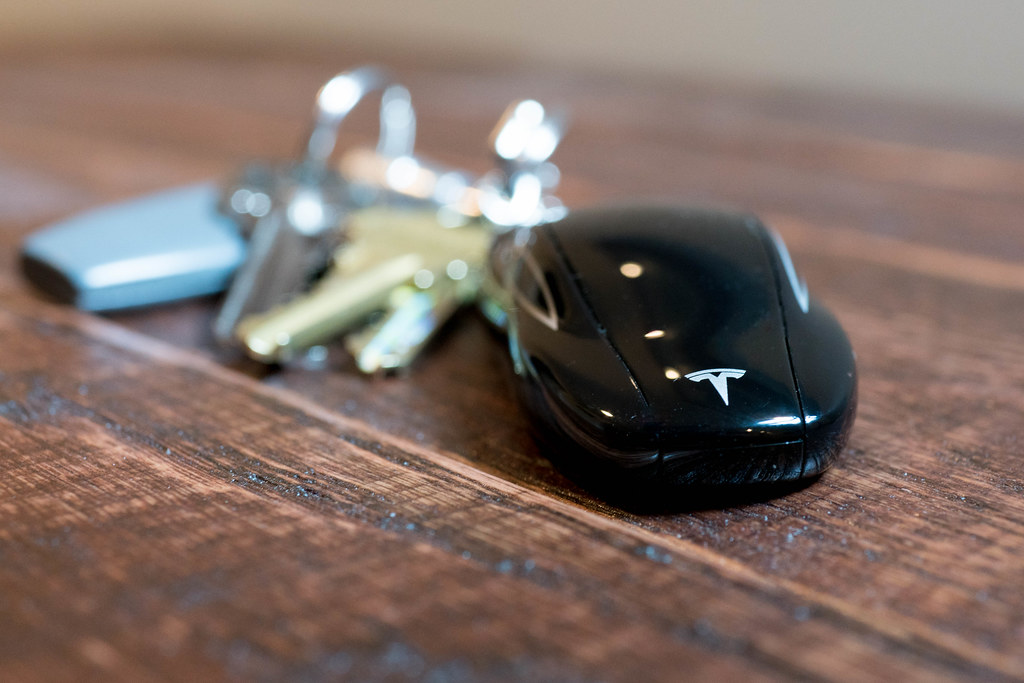
1. **Understanding Car Key Battery Technology**At the heart of every modern key fob is a small, specialized battery designed for reliability and longevity. These power cells are typically compact, coin-shaped lithium batteries, carefully selected for their ability to deliver consistent power in various conditions. Their small size makes them ideal for integration into the discreet design of a key fob, ensuring it remains unobtrusive in your pocket or purse.
One of the key advantages of lithium batteries in this application is their robust performance across a range of temperatures, which is particularly important for a device that might be left in a scorching hot car or a freezing cold environment. This resilience helps maintain functionality regardless of the external conditions your vehicle might experience. While the specific type can vary by car make and model, they generally fall into two primary categories, each with distinct characteristics and expected lifespans.
The most common type encountered in car key fobs is the CR2032 battery. These are recognizable by their small, round form factor and provide a steady voltage of 3 volts. CR2032 batteries are widely praised for their reliability and impressive lifespan, typically serving faithfully for a period of 3 to 5 years under normal use. Their prevalence means they are usually easy to find when a replacement is needed.
Alternatively, some key fobs, particularly older models or those with simpler functionalities, might utilize CR1616 batteries. These are slightly smaller than their CR2032 counterparts, though they also deliver a 3-volt output. While still robust, CR1616 batteries generally have a slightly shorter lifespan, usually lasting around 2 to 4 years. Regardless of the type, it is crucial to use the correct battery specified for your key fob, as an incompatible battery can damage the device or prevent it from working correctly.
Read more about: Your Definitive Guide to Choosing the Right Family SUV for 2025: Safety, Value, and Performance Unpacked
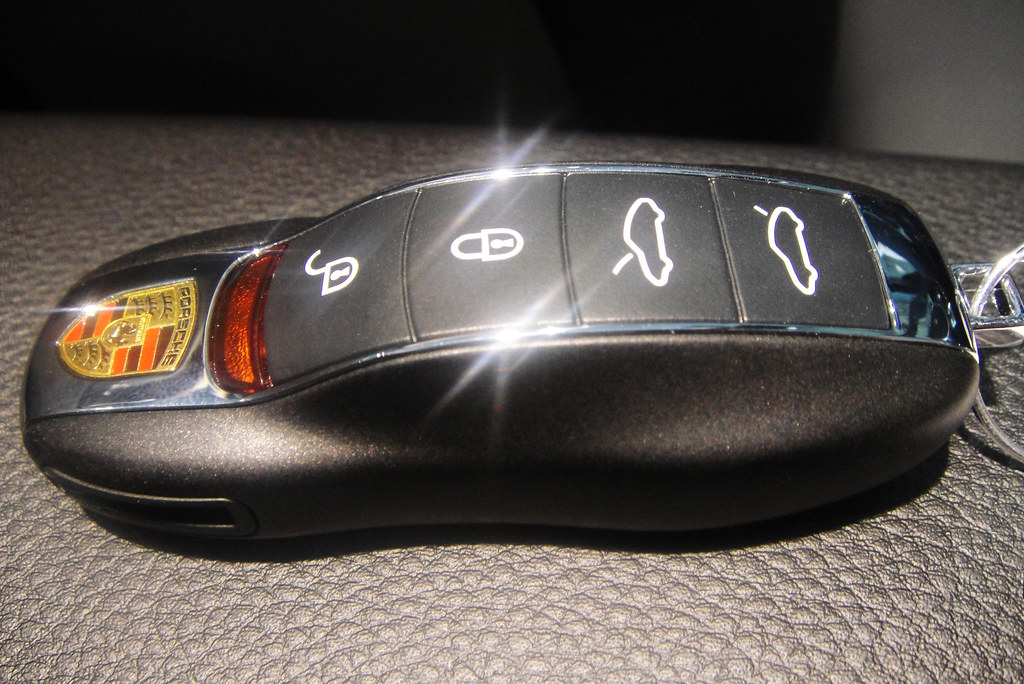
2. **Factors Influencing Battery Longevity**While car key batteries are engineered for durability and a respectable lifespan, it’s important to understand that several real-world factors can significantly influence how long they actually last. Being aware of these elements can help you anticipate when a battery replacement might be necessary, potentially saving you from the inconvenience of a dead key fob at an inopportune moment. These factors highlight why some key fob batteries might seemingly last forever, while others require more frequent attention.
One of the most straightforward factors is the frequency of use. Simply put, the more often you interact with your car key fob, the faster its internal battery will deplete. Every time you press a button to remotely lock, unlock, or activate keyless entry features, a small amount of power is drawn from the battery. Therefore, drivers who use these functions extensively throughout the day will naturally experience a shorter battery life compared to those who use their fob sparingly.
Battery age is another inescapable reality. Like all batteries, those inside your key fob have a limited lifespan, irrespective of how frequently they are used. Even if a key fob sits unused for extended periods, the battery will gradually and inevitably lose its capacity over time through a natural process of self-discharge. This means that an older, unused battery can still be nearing the end of its functional life, even if its button-press count is low.
Temperature extremes also play a significant role in battery performance and lifespan. Both intensely hot and severely cold conditions can negatively impact the chemical reactions within the battery. For instance, leaving your key fob in a car parked in direct summer sun or in freezing winter temperatures can accelerate its degradation, leading to a diminished capacity and a shorter overall operational period. Maintaining a moderate temperature for your fob can help maximize its life.
Furthermore, the inherent quality of the battery itself is a determining factor. Not all batteries are created equal, and variations in manufacturing standards and materials can lead to different levels of longevity. Higher-quality batteries, often from reputable brands, tend to offer a more consistent performance and a longer lifespan compared to cheaper, generic alternatives. Investing in a good quality replacement can therefore be a worthwhile decision in the long run.
Finally, the specific design and features of your key fob can also influence its battery life. Key fobs that incorporate multiple advanced features, such as built-in alarm systems, sophisticated proximity sensors for keyless go, or multiple remote functions, typically consume more power than simpler fobs. The constant communication and sensing capabilities required by these features demand a greater energy output, consequently leading to a faster drain on the battery.
Read more about: Navigating the 2025 Car Warranty Changes: A Consumer Reports Guide to Protecting Your Used Car Investment
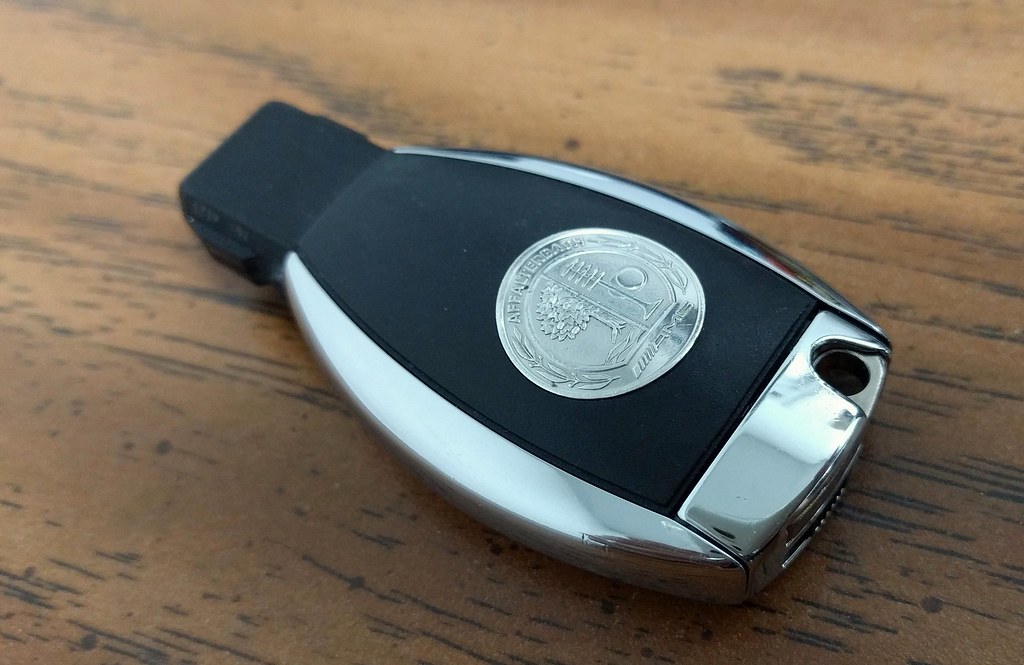
3. **The Earliest Warning: Dimming Lights & Weak Signals**Your car key fob is designed to communicate with you, even silently, when its power source is beginning to wane. Recognizing these early warning signs is crucial, as they provide an opportunity for proactive replacement before the battery completely gives out and leaves you in a bind. These initial indicators are often subtle, but paying close attention to them can save you significant hassle.
One of the most visually obvious early indicators is when the lights on your key fob become noticeably dimmer. Most key fobs incorporate a small LED light that illuminates briefly when a button is pressed, confirming that a signal has been sent. If this light appears less bright than usual, or flickers faintly rather than shining vibrantly, it’s a clear and unmistakable indication that the battery is losing its power and operating at a reduced voltage. This dimness is a direct reflection of the diminishing energy reserves within.
Another significant early symptom of a dying key fob battery is a noticeable reduction in its operational range, signaling a weak signal strength. You might begin to observe that you have to stand much closer to your car than before to successfully unlock the doors or activate the remote start function. What once worked effortlessly from across a parking lot might now only function when you are mere feet away from your vehicle.
This decreased range occurs because a weakening battery cannot transmit a signal with the same power and clarity as a fully charged one. The electrical current is simply not strong enough to send the radio frequency signal over its usual distance. This forces you to close the gap between the fob and the car’s receiver, making the fob feel less responsive and less convenient. These combined signs – dimming lights and a reduced signal range – are usually the first tangible clues that your key fob battery is on its last legs and should prompt you to consider a replacement.
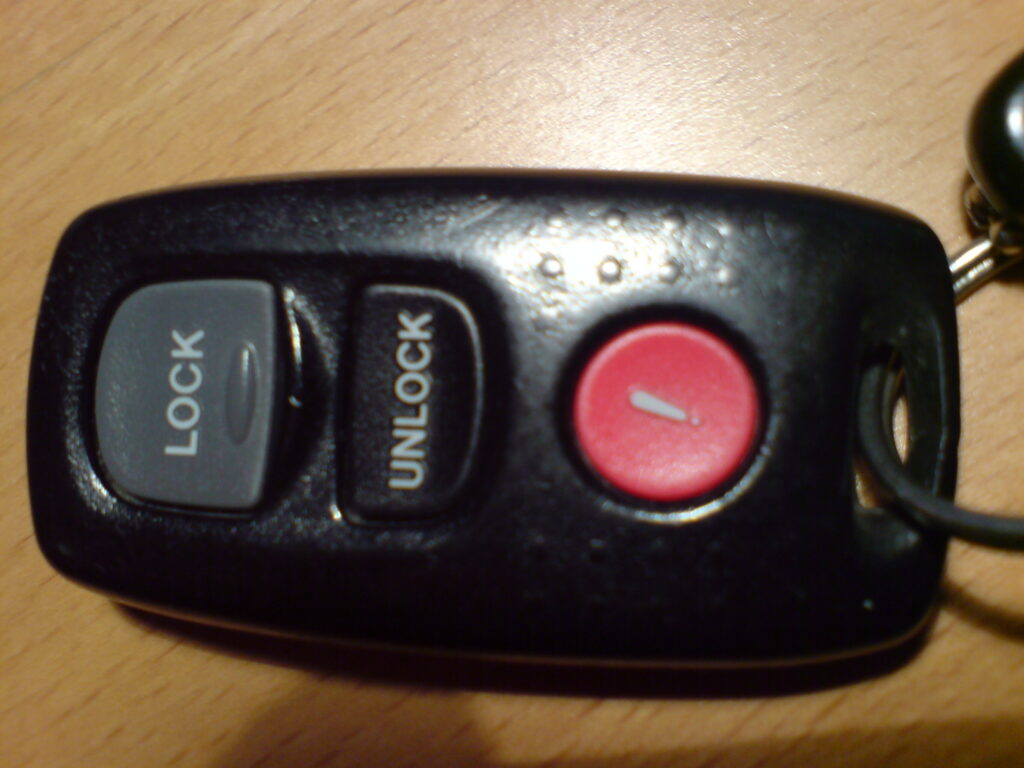
4. **Beyond Dimness: Intermittent Functionality & Unresponsive Buttons**As a key fob battery continues to lose power, the warning signs typically become more pronounced and frustrating. Beyond the subtle cues of dimming lights and a reduced signal range, you’ll start experiencing issues that directly impact the usability of your fob. These more advanced symptoms are strong indicators that the battery is in critical condition and is struggling to provide the consistent power needed for reliable operation.
One of the most exasperating symptoms is intermittent functionality. This manifests as the buttons on your key fob becoming unresponsive at unpredictable times, working sporadically rather than consistently. You might press the unlock button, and nothing happens, only for it to miraculously work on the second or third attempt. This erratic behavior can be incredibly frustrating, especially when you’re in a hurry or trying to access your vehicle in adverse weather conditions.
This inconsistency stems from the battery’s inability to maintain a stable voltage output. As the power fluctuates, the key fob’s internal electronics receive insufficient energy to reliably process button presses and transmit signals. It’s a clear sign that the battery is struggling to keep up with even basic demands, operating on the very edge of its functional capacity. Such intermittent performance makes the fob unreliable and underscores the urgent need for a battery replacement.
Further along the decline, you might encounter unresponsive buttons that require excessive effort to function. This means that an unlock button, for instance, may demand multiple, forceful presses or an unusual amount of sustained pressure to register and send a signal to your car. What used to be a light, instantaneous press now feels like a struggle, requiring you to really push down on the button to get a reaction.
This necessity for extra pressure indicates that the electrical contacts within the fob are not consistently engaging, or the weak battery simply isn’t providing enough juice for a quick, decisive signal transmission. These pronounced difficulties with button responsiveness are a common and undeniable symptom of a dying battery, signaling that it is losing critical voltage and is very close to complete failure. Ignoring these signs can lead to being locked out or unable to start your car entirely.
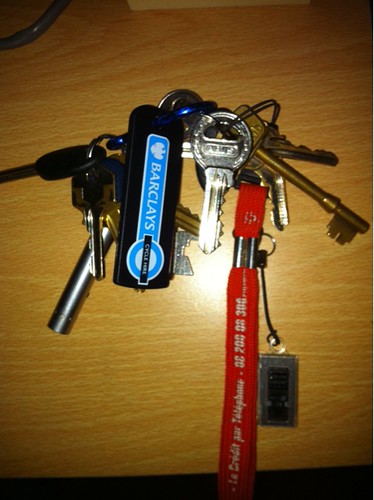
5. **Vehicle’s Own Alerts: Dashboard Lights & Audible Beeps**In addition to the physical symptoms displayed by the key fob itself, many modern vehicles are equipped with sophisticated systems designed to actively alert you when the key fob battery is running low. These built-in notifications provide a valuable layer of defense against being unexpectedly stranded, giving you clear, unmistakable signals directly from your car’s dashboard or even from the fob itself. Paying attention to these integrated alerts is a proactive measure that can save you a significant amount of stress and inconvenience.
One of the most common and easily recognizable vehicle-specific warnings is a dedicated dashboard warning light. Some cars are programmed to illuminate a specific icon on the instrument cluster that indicates the key fob battery is low. This light serves as a direct message from your car’s computer, telling you that its primary electronic key is losing power. The appearance of this light should never be ignored, as it’s a clear call to action to replace the battery as soon as possible.
The design of these warning lights can vary between manufacturers, but they are typically intuitive and often resemble a key symbol with a battery indicator or a general low-battery alert. Consulting your car’s owner’s manual can help you identify the exact meaning of any unfamiliar dashboard icons. This visual cue is particularly helpful because it’s hard to miss, ensuring you’re alerted even if you haven’t noticed the more subtle signs from the fob itself.
Beyond visual indicators, some advanced key fobs and vehicle systems employ audible alerts to signal a low battery. This means that your key fob might emit a series of distinctive beeps or a specific warning tone when its power is running low. These sounds are designed to catch your attention and convey urgency, serving as an auditory reminder that maintenance is required.
These audible signals are especially useful in situations where you might not be looking at your dashboard, or if the dimming light on the fob itself has gone unnoticed. Whether it’s a persistent series of chirps or a unique tone, the presence of such an audible warning is a strong indicator that the key fob’s battery is nearing its end and a replacement should be prioritized to avoid functional disruptions.
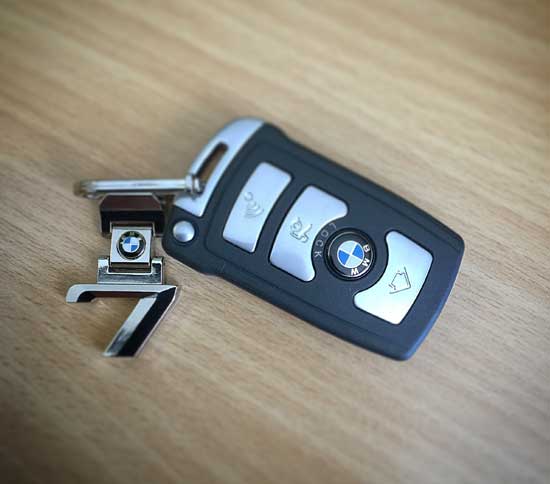
6. **Engine Starting Woes: Push-Button Failures & ‘Key Not Detected’**Perhaps the most critical and inconvenient consequence of a dying key fob battery, particularly for owners of modern vehicles with push-button start systems, is the inability to start the engine. When the battery in your key fob becomes too weak, it compromises the essential communication between the fob and your vehicle’s computer, leading to frustrating starting failures. This issue can leave you feeling helpless and stranded, highlighting the profound reliance of contemporary automotive technology on this tiny power source.
In vehicles equipped with a push-button start, the key fob plays an indispensable role beyond merely unlocking the doors. It continuously communicates with the car’s computer system to verify its presence and authorize engine ignition. This electronic handshake ensures that only the correct, authorized key can activate the vehicle. If the fob’s battery is low, it may lack the necessary power to transmit this crucial signal correctly or consistently.
Consequently, when you press the ignition button, the car’s system may fail to detect the fob, or the signal it receives might be too weak or intermittent to be recognized as valid. This often results in the engine failing to crank or start, leaving you with a silent vehicle. This is a clear and direct symptom of a severely depleted key fob battery, indicating that its power output has fallen below the critical threshold required for the vehicle’s security and ignition systems to function.
Accompanying these starting difficulties, you will frequently see a warning message prominently displayed on your vehicle’s dashboard, such as “Key Not Detected” or “Key Fob Battery Low.” These messages are the car’s explicit way of telling you that it cannot establish a reliable connection with the key fob due to insufficient battery power. This visual alert serves as immediate confirmation that the problem lies with the key fob’s battery and not a more severe mechanical issue with the vehicle itself.
Such a warning signifies a critical stage of battery depletion, demanding immediate attention. While you might still be able to gain entry to the car using a mechanical key, the primary function of starting the engine through the push-button system will be compromised. Addressing this issue promptly by replacing the battery is essential to restore full functionality and avoid being unexpectedly immobilized.
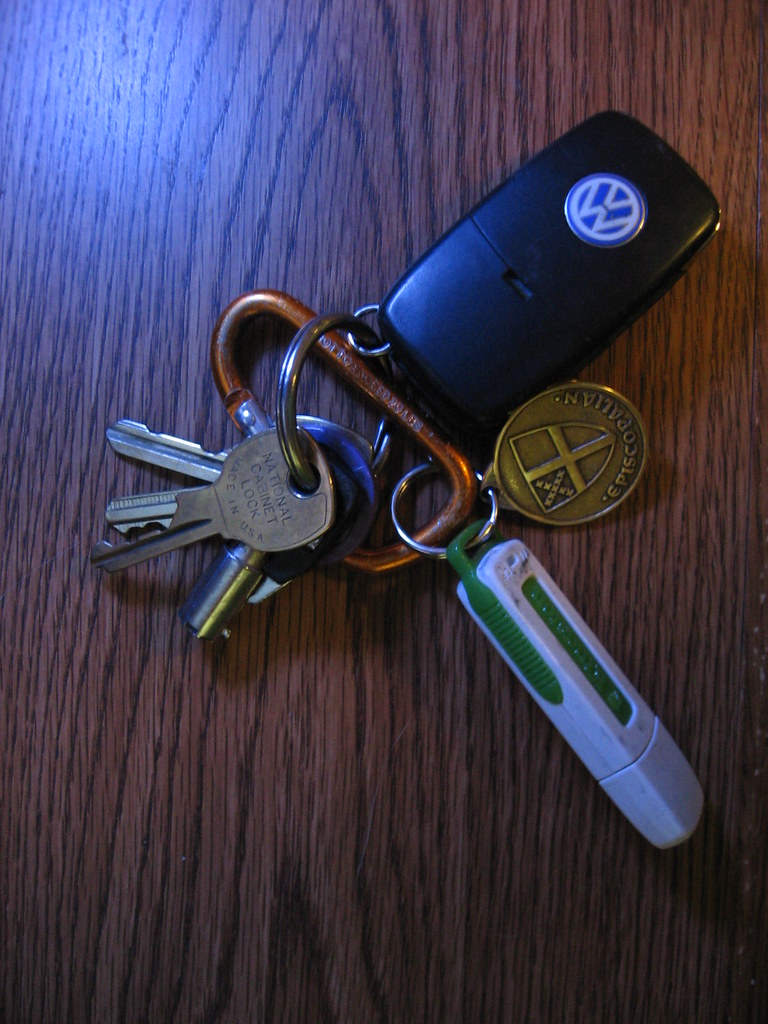
7. **Immediate Action: Moving Closer & Using the Mechanical Key**When your key fob battery begins to show signs of weakness or, worse yet, completely dies, the immediate situation can feel quite stressful. However, there are several practical, actionable steps you can take right away to gain access to your vehicle and, potentially, get it started. These solutions leverage both the residual power in a dying battery and the backup mechanical features designed precisely for such contingencies, offering immediate relief.
If you find your key fob is sluggish or only intermittently responsive, one of the simplest first steps is to move closer to the car. If the key fob battery isn’t completely drained, standing in very close proximity to the vehicle may help its weak signal connect and unlock the doors. The reduced distance requires less power for the signal to reach the car’s receiver, sometimes providing just enough juice for a successful interaction. This technique is often a quick rescue for a battery on its last legs but not yet fully depleted.
Should moving closer prove ineffective, or if the battery is completely dead, the most reliable immediate solution is to utilize the hidden mechanical key. Most remote start keys, even the most technologically advanced smart fobs, come with a discreetly integrated metal key. This mechanical key is specifically designed for situations where keyless entry fails due to a dead fob battery or other electronic malfunctions, providing a crucial failsafe.
To access this spare key, you’ll typically need to locate a small release button or a latch somewhere along the edge of the fob. Press and hold this button or slide the latch, and the metal key should slide out from its compartment within the fob’s casing. Once extracted, this physical key can then be used to manually unlock the driver’s side door, just as you would with a traditional car key. This ensures you can always gain entry, even when the electronics are completely down.
In vehicles equipped with modern, flush door handles that conceal the keyhole, an additional step might be required. You may need to press the front part of the handle or locate a small cover that needs to be removed to reveal the hidden keyhole at the rear. Once the keyhole is exposed, simply insert the physical key and turn it to manually unlock the door. This mechanical override is an essential feature, guaranteeing access even when advanced electronics are not cooperating.
Read more about: The Ultimate Guide to Washing Machine Longevity: 15 Expert-Backed Tips for Years of Trouble-Free Laundry
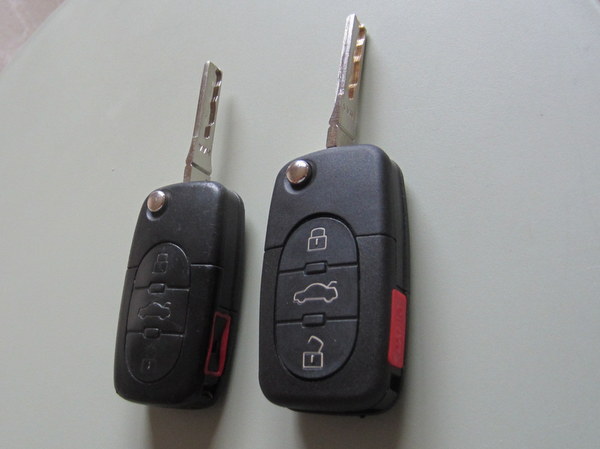
8. **Getting Your Car Started When the Fob is Dead (Beyond Mechanical Key Entry)**Accessing your vehicle is only the first hurdle when dealing with a dead key fob battery. The next, and often more critical, challenge is getting the engine to roar to life, especially in modern cars equipped with push-button start systems. These vehicles rely heavily on the key fob’s signal to authorize ignition, a process that becomes complicated when its internal power source is depleted. Fortunately, car manufacturers have incorporated ingenious backup methods to ensure you’re not left completely stranded.
For many push-button start vehicles, the solution lies in a specific proximity activation. If you’re able to unlock the car—whether using the mechanical key or a connected app—the next step is to try starting it. The system might still be able to detect a very weak key fob battery through low-frequency signals if the fob is placed directly next to the start button. This close contact often provides just enough residual power for the car’s immobilizer system to recognize the key and allow the engine to crank.
Some vehicles offer an even more direct approach, featuring a dedicated slot near the center console or in the glove compartment. This slot is designed for you to insert the key fob, allowing the car to read its signal directly through induction, bypassing the need for a strong wireless transmission. This method effectively starts the engine even with a completely dead key fob battery, providing a crucial failsafe for drivers caught in a bind. Always consult your car’s owner’s manual for the exact location and procedure specific to your model.
Should these methods prove unsuccessful, or if you simply prefer not to navigate the intricacies of a dead fob, contacting professional help remains a reliable option. Mobile mechanics or roadside assistance services are well-equipped to assist you, often able to replace the dead battery on the spot and get your car running again. This can save you considerable time and frustration, particularly in urgent situations.
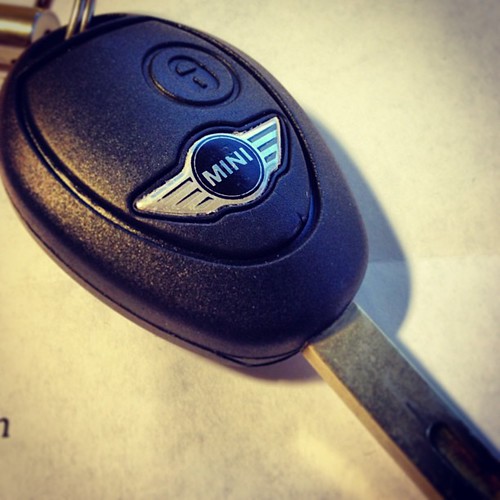
9. **Identifying the Right Replacement Battery**Before you embark on the straightforward task of replacing your key fob battery, it’s absolutely essential to correctly identify the specific battery type your vehicle requires. Using an incorrect battery can not only prevent your key fob from working, but it could also potentially damage its delicate internal electronics. Taking a moment to verify the correct specifications will save you a headache later on and ensure a successful swap.
One of the most reliable sources of information is your vehicle’s user manual. This often-overlooked guide contains a wealth of detail, including the exact make and model of battery recommended for your particular key fob. Different car keys, such as standard remotes or smart keys, often utilize different battery types, so consulting the manual eliminates guesswork and provides authoritative guidance directly from the manufacturer.
A practical approach is to simply open your key fob and inspect the existing battery. Most coin-cell batteries have their type and model number clearly printed on their surface. You’ll typically see a code like “CR2032” or “CR1616,” sometimes accompanied by the voltage (e.g., 3V). This direct observation is often the quickest way to confirm the battery needed, allowing you to purchase an exact match.
Key fob batteries are typically 3-volt lithium coin-cell batteries, but confirming the specific size and voltage is crucial. Sizes like CR2032 are common and widely available, known for their balanced size and longevity. However, smaller fobs or specific models might use CR1616 batteries. Matching these specifications ensures compatibility and optimal performance, as using a battery with different voltage or physical dimensions can cause issues.
Read more about: Demystifying Engine Bay Cleanliness: An In-Depth Look at the Core Principles of a ‘Clean’ Engine
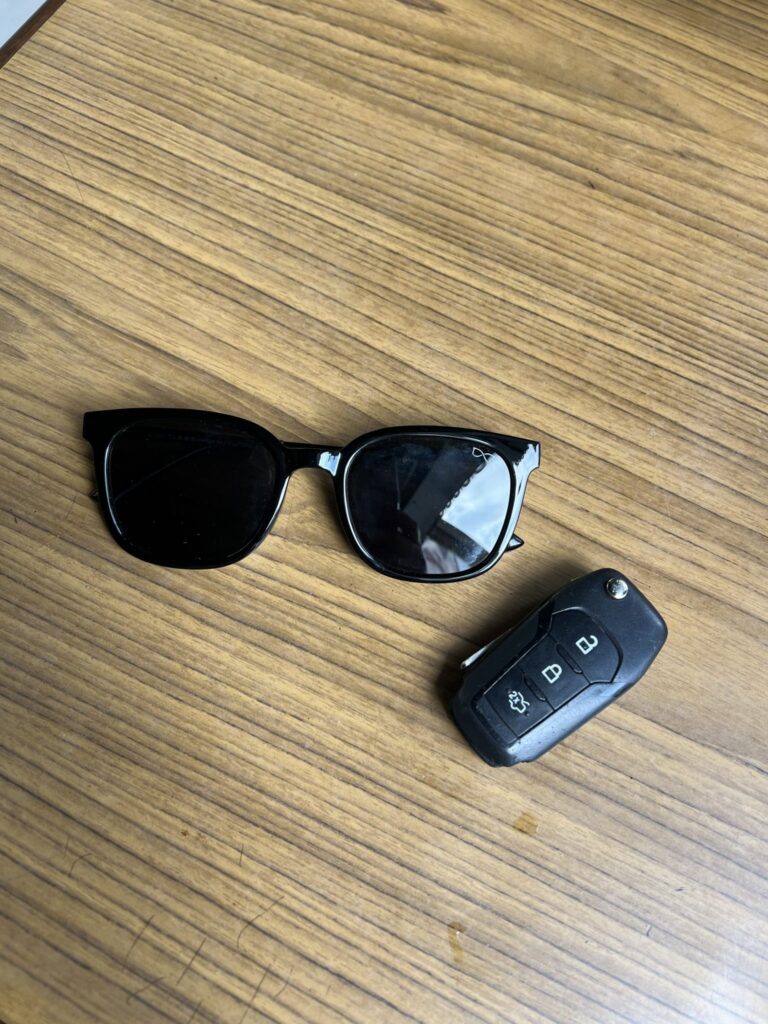
10. **The Simple Steps to DIY Key Fob Battery Replacement**Replacing your car key fob battery is often one of the simplest DIY tasks a car owner can undertake, usually requiring minimal tools and expertise. Far from being a daunting mechanical procedure, it’s a quick fix that can restore full functionality to your remote, preventing potential lockouts and starting issues. This practical guide will walk you through the process, ensuring a smooth and successful battery swap.
The first step involves locating and accessing the battery compartment on your key fob. Most fobs are designed with a small notch or seam somewhere along the edge. You might also find a small button or tab that needs to be pressed or slid to release a hidden mechanical key or to pop open the casing. A small flathead screwdriver or even a fingernail can often be used to gently pry the two halves of the fob apart along this seam or notch, exposing the internal components.
Once the fob is open, carefully observe the orientation of the old battery before removing it. Pay close attention to which side is facing up (usually the positive side, marked with a ‘+’). This mental note or a quick photo with your phone will be invaluable for correctly inserting the new battery. Then, gently pry out the old battery, which is typically held in place by small clips or a snug fit within its compartment.
Now, insert the new battery. Ensure that the positive (+) terminal aligns with the positive (+) terminal in the compartment, mirroring the orientation of the old battery. Press the new battery firmly but gently into place, making sure it sits securely within its housing. It’s crucial not to force the battery, as this could damage the contacts or the battery itself.
Finally, reassemble the key fob. Carefully snap the two halves back together, ensuring all edges align perfectly and that it clicks securely into place. Once reassembled, test all of the buttons on the fob to confirm that the battery replacement was successful. This quick test will verify that your key fob is once again working at its best, providing reliable access and functionality to your vehicle.
Read more about: Your Definitive Guide to Long-Term Car Storage: Protecting Your Vehicle Through Travel and Winter
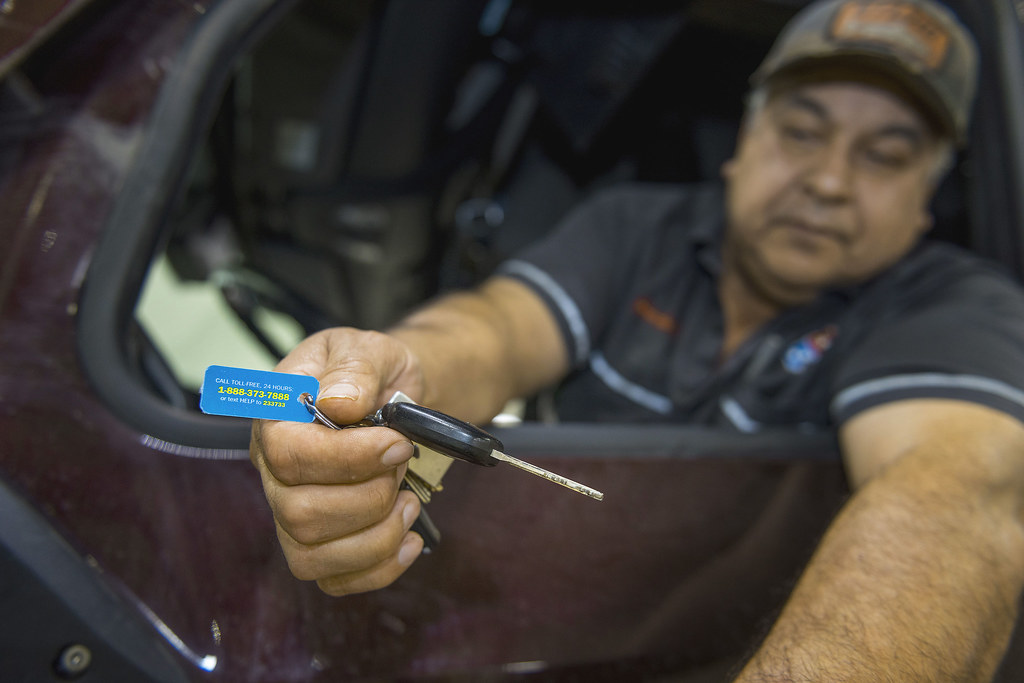
11. **Common Pitfalls During Battery Replacement and How to Avoid Them**While replacing a key fob battery is largely straightforward, a few common missteps can lead to frustration or even damage if not handled correctly. Being aware of these potential pitfalls beforehand can make the DIY process even smoother and more effective. Addressing these small details ensures that your effort results in a fully functional key fob, rather than a continued headache.
One frequent issue is incorrect battery installation. It might seem obvious, but forgetting the orientation of the positive (+) and negative (-) terminals can prevent the fob from working. Always double-check that the new battery is inserted in the same direction as the old one. If the fob doesn’t work after replacement, flipping the battery over is often the first and simplest troubleshooting step.
Another overlooked problem can be dirty battery contacts. Over time, dust, grime, or corrosion can accumulate on the metal contacts inside the fob, hindering the electrical connection between the new battery and the fob’s circuitry. If the fob still doesn’t work after a correct battery insertion, gently cleaning these contacts with a cotton swab dipped in rubbing alcohol can often resolve the issue, ensuring optimal power delivery.
Using the wrong battery type or size is another common mistake. While CR2032 is prevalent, not all fobs use it. As previously mentioned, always refer to your car’s manual or visually inspect the old battery for its exact type (e.g., CR1616, CR2025). An incompatible battery might not fit properly, or worse, could supply incorrect voltage, potentially damaging the fob’s electronics. An investment in the correct battery is an investment in your fob’s longevity.
Finally, improper reassembly can cause problems. Forcing the fob halves together if they don’t align perfectly can damage the internal components or crack the casing. Take your time during reassembly, ensuring all clips and edges snap into place naturally. A properly reassembled fob should feel secure and show no gaps along its seams, indicating that all internal parts are correctly seated and protected.
Read more about: Mechanics Heads Up: 14 Critical Car Repairs You Should Seriously Think Twice About Attempting Yourself

12. **When a New Battery Isn’t Enough: Diagnosing Deeper Fob Issues**Occasionally, even a fresh, correctly installed battery fails to revive a stubbornly unresponsive key fob. When this happens, it’s a clear indication that the problem lies beyond a simple power depletion and points towards more complex internal issues within the fob itself. These situations require a more thorough diagnostic approach to pinpoint the root cause, ensuring you don’t waste time on a solution that won’t work.
One potential culprit is worn-out buttons or their underlying contacts. Over years of constant use, the physical buttons on your key fob and the tiny electrical contacts beneath them can degrade. This wear and tear can prevent them from making a strong, reliable connection when pressed, thus failing to send a signal to the car. If certain buttons work inconsistently or not at all, despite a new battery, this is a strong possibility.
Unfortunately, if the buttons or their contacts are significantly worn, a full or partial fob replacement is often the only viable solution. Unlike a battery, these components are typically not user-serviceable. Attempting intricate repairs without specialized tools and knowledge can often cause further damage. In such cases, obtaining a replacement fob—either through your dealership or a reputable automotive locksmith—becomes necessary to restore full functionality.
Another less common but equally frustrating issue could be internal damage to the fob’s circuit board. This might be due to water exposure, impact damage from dropping the fob, or general electronic component failure. While less common, any such damage would render the fob inoperable regardless of battery status. Visual inspection for signs of moisture or physical cracks might offer clues, but definitive diagnosis often requires professional evaluation.
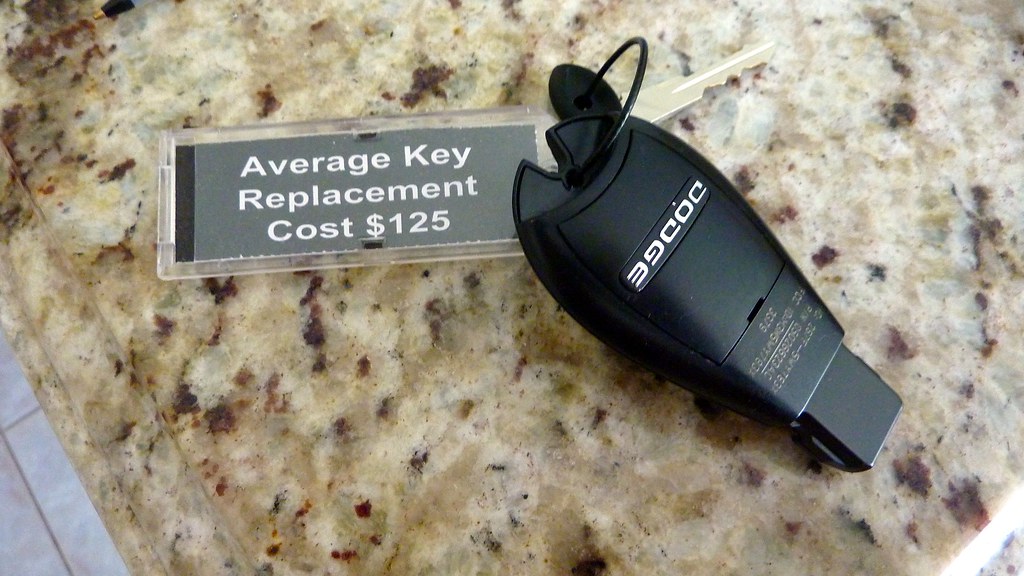
13. **Troubleshooting Vehicle Communication Problems**Beyond issues stemming directly from the key fob itself, sometimes the problem lies in the communication link between the fob and your vehicle. A perfectly functional key fob with a new battery might still fail to operate your car if there’s a breakdown in this critical electronic dialogue. Diagnosing these communication problems often requires looking at the vehicle’s side of the equation and considering what might be interfering with the signal.
One significant possibility is that the key fob may have been deprogrammed at some point. This means the vehicle’s computer has lost its memory of the specific fob, eliminating the electronic “handshake” necessary for it to function. This can happen due to various reasons, from a prolonged power loss in the vehicle to interference during maintenance. If your fob was working perfectly and suddenly stopped after a car battery change or repair, deprogramming is a strong suspect.
Interference from other electronic devices or strong radio signals can also temporarily disrupt communication between the fob and the car. While typically not a permanent issue, if your fob intermittently fails in specific locations or around certain types of equipment, environmental interference could be at play. Moving your car to a different location or ensuring other devices are turned off can sometimes reveal if this is the cause.
Furthermore, the issue might not be with the communication signal itself, but with the receiving components within the car. If the fob only works on some doors or for some functions but not others, there could be a mechanical issue with the car. For instance, a broken lock actuator or a faulty latch on a specific door might prevent it from responding to the fob’s signal, even if the signal is being successfully sent and received by other parts of the vehicle’s system. Such mechanical failures would necessitate a visit to a mechanic.
Read more about: Mechanics Heads Up: 14 Critical Car Repairs You Should Seriously Think Twice About Attempting Yourself

14. **Reprogramming Your Key Fob: When and How**When a key fob’s battery replacement and physical inspection don’t resolve the issues, and communication problems are suspected, reprogramming is often the next logical step. This process essentially re-establishes the electronic link between your key fob and your vehicle’s computer, telling the car to recognize and respond to that specific remote again. It’s a crucial solution for scenarios where the fob has been deprogrammed or is otherwise not recognized by the vehicle.
Key fob reprogramming is typically required if the fob has stopped working entirely after a battery change, if you’ve obtained a new (or used) replacement fob, or if your vehicle’s system has been reset for any reason. The symptom is usually a complete lack of response from the car to any fob commands, even with a strong battery. It essentially tells the car’s immobilizer system that this particular fob is a legitimate key.
The complexity of reprogramming can vary significantly by vehicle make and model. Some manufacturers provide a straightforward, user-accessible sequence of steps involving specific door openings, key insertions, and button presses. These instructions are usually detailed in your car’s owner’s manual. Following these precise steps carefully is paramount, as an incorrect sequence can fail to re-establish the connection.
However, for many modern vehicles, especially those with advanced security systems, key fob reprogramming does take some time and often requires specialized diagnostic equipment. In such instances, attempting a DIY approach without the right tools or knowledge can be futile. This is when the assistance of your dealership or a qualified automotive mechanic becomes indispensable. They possess the necessary equipment and software to perform a professional reprogramming, ensuring seamless integration with your car’s security system.
While key fob issues often boil down to a simple battery replacement, understanding the more complex scenarios and their solutions is invaluable. From mastering the art of a DIY battery swap to diagnosing deeper communication glitches and knowing when to seek professional reprogramming, being informed ensures you maintain uninterrupted access to your vehicle. Proactive maintenance and awareness of these practical steps mean you’re always in control, keeping the modern convenience of your key fob fully operational and your driving experience hassle-free.



